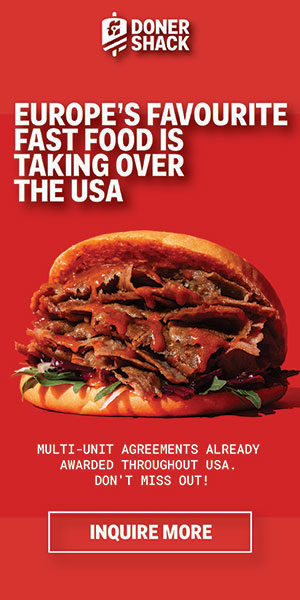How Franchises Can Properly Structure AI for Success

A recent study from MIT delivered a sobering finding: 95 percent of AI initiatives fail to generate measurable return on investment. For many brands, this statistic has been a wake-up call. The message is not that AI is incapable of delivering value, but that success requires precision in both design and deployment. The critical question, particularly for franchisors evaluating new technologies, is what separates the rare successes from the overwhelming majority of failures.
The AI projects that succeed are rarely the most ambitious - they’re the most targeted. Broad, open-ended initiatives tend to stall out, weighed down by complexity and unclear impact. But when AI is deployed against a narrow, operationally critical use case, especially one with a lot of data and a direct link to financial outcomes, returns can materialize in a matter of weeks. In franchising, coaching support is a prime example: it’s a high-leverage process that influences unit performance daily but has historically been slow, manual, and inconsistent.
In a recent six-month study, Goldfish Swim School and Heights Wellness Retreat offered two early proof points. Instead of trying to overhaul their entire tech stack, each brand zeroed in on a single, high-impact question: how can they help their franchise business coaches identify underperforming units faster, understand what’s driving the issues, and act on the right next steps? By aligning AI to this coaching workflow, both brands saw measurable returns within months, including double-digit KPI improvements and same-store sales growth more than triple the rest of the system.
A second factor is human-centered design that integrates AI into existing workflows. Systems that operate in isolation, or attempt to replace human judgment entirely, often struggle to gain adoption. By contrast, the most effective AI solutions are purpose-built to augment rather than replace the work of franchise business coaches. Instead of dictating decisions, the systems provided coaches with clearer priorities, faster visibility, and more confidence in their interventions. While the human element remained central, it was supported by a new layer of intelligence.
Finally, successful AI projects are distinguished by the discipline with which they measure outcomes. Vanity metrics and abstract projections do little to justify investment. Organizations that realize value from AI focus on tangible indicators such as reductions in preparation time, acceleration of response cycles, and demonstrable financial gains. In these early deployments, coaches reduced preparation time by more than 80 percent, addressed performance issues up to six times faster, and translated those efficiencies into measurable improvements in revenue. These are the kinds of metrics that withstand scrutiny and prove the business case.
The broader lesson for franchisors is clear. AI is not inherently flawed, nor is it destined to disappoint. The difference between failure and success lies in the clarity of the problem being addressed, the alignment of the technology with human workflows, and the rigor with which results are measured. By adhering to these principles, franchisors can position themselves within the small but significant minority of organizations deriving real competitive advantage from AI.
Results show that when AI is applied with a focus on high-leverage operational challenges, designed to empower rather than replace, and evaluated against meaningful metrics, it can deliver returns that are both rapid and substantial. In a landscape where most projects fail to meet expectations, the path to success lies in pragmatic design and measurable impact. Franchisors that follow this approach not only avoid becoming part of the 95 percent of failures but position themselves among the leaders, defining the next era of franchise performance.
Gary Liskovich is the CEO and co-founder of Harmonyze, the first AI platform purpose-built to help franchise brands transform operational and legal data into clear, proactive guidance.
Share this Feature
Recommended Reading:
| ADVERTISE | SPONSORED CONTENT |
FRANCHISE TOPICS
- Multi-Unit Franchising
- Get Started in Franchising
- Franchise Growth
- Franchise Operations
- Open New Units
- Franchise Leadership
- Franchise Marketing
- Technology
- Franchise Law
- Franchise Awards
- Franchise Rankings
- Franchise Trends
- Franchise Development
- Featured Franchise Stories
| ADVERTISE | SPONSORED CONTENT |








 The franchise listed above are not related to or endorsed by Franchise Update or Franchise Update Media Group. We are not engaged in, supporting, or endorsing any specific franchise, business opportunity, company or individual. No statement in this site is to be construed as a recommendation. We encourage prospective franchise buyers to perform extensive due diligence when considering a franchise opportunity.
The franchise listed above are not related to or endorsed by Franchise Update or Franchise Update Media Group. We are not engaged in, supporting, or endorsing any specific franchise, business opportunity, company or individual. No statement in this site is to be construed as a recommendation. We encourage prospective franchise buyers to perform extensive due diligence when considering a franchise opportunity.